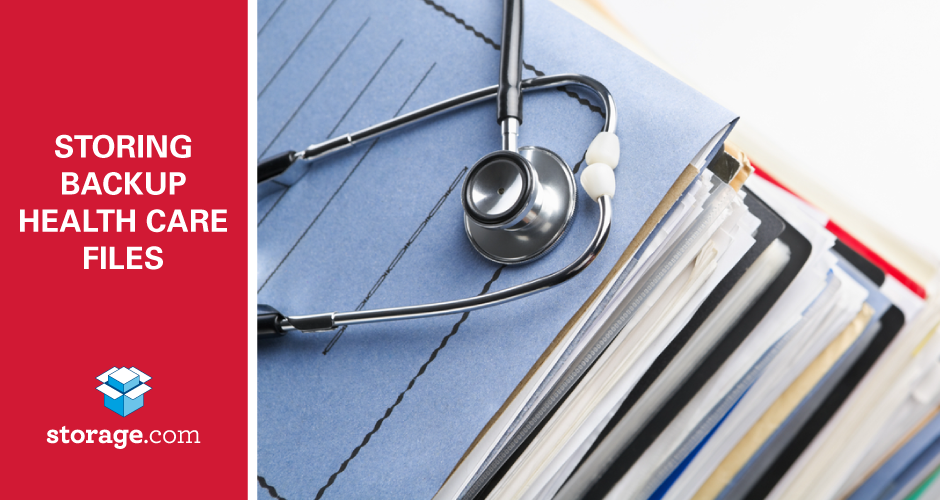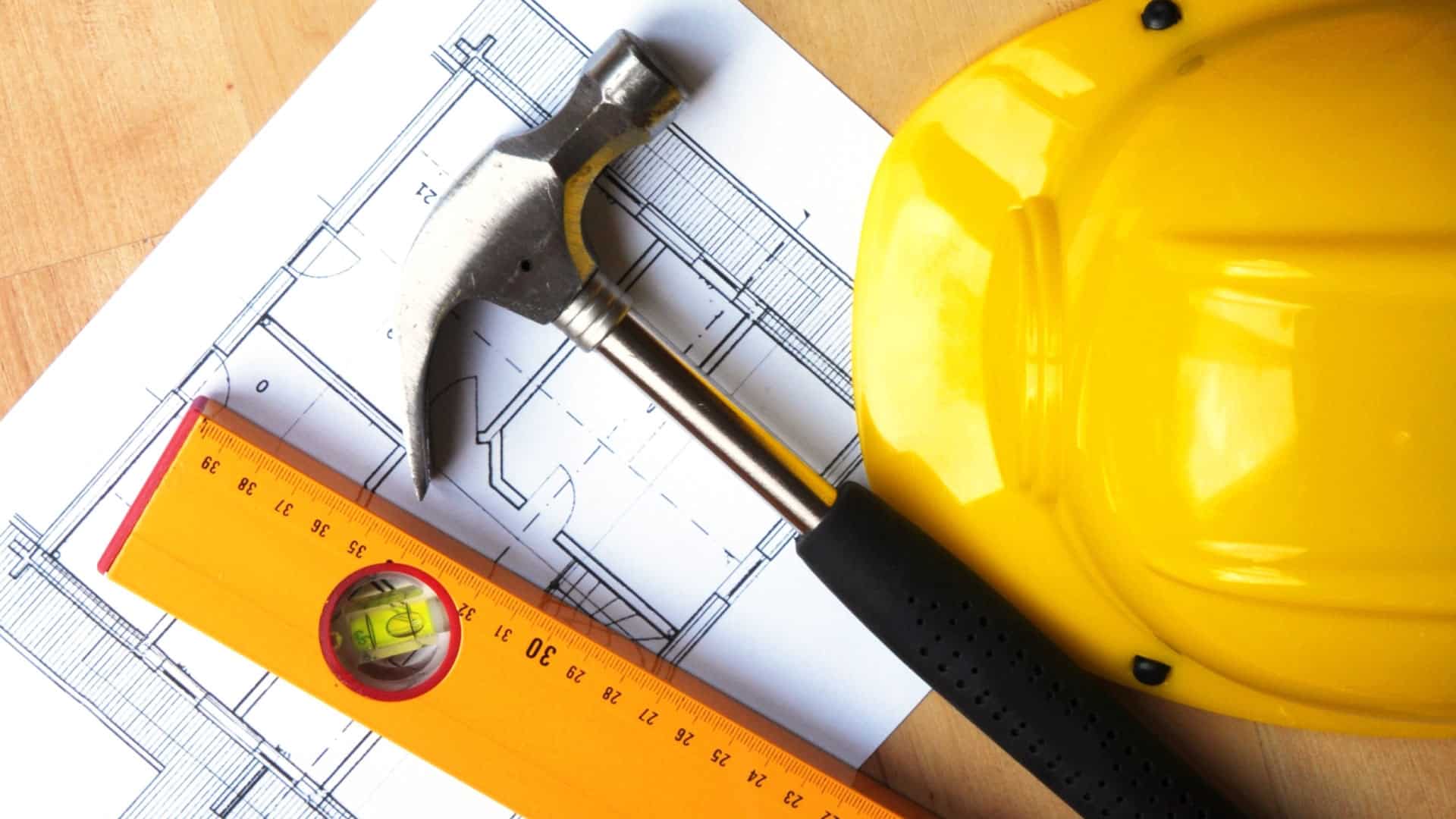By Patrick Galvan, Storage.com
Even though hospitals and other health care providers are gradually shifting toward electronic filing systems for monitoring the medical histories of their patients, some health care providers still keep backup hard copies on hand. Both the provider and the patient want these private records locked up in a secure location where only authorized personnel may access them since these records contain personal information, such as a patient’s address and medical records, which should not be left in the open for anyone to see.
Health care providers usually have rooms in their buildings designated for this type of document storage, but sometimes it’s necessary to transfer backup files to a temporary location due to renovation, construction, or moving to a new building. This is where self storage can be helpful.
Instead of renting an entire warehouse, health care providers can rent a large self storage unit to accommodate documents. Some storage facilities even specialize in document storage, utilizing security amenities and cleanliness to ensure papers remain clean, legible, and secure.
Security for Storing Health Care Files
One of the most important things about storing medical records, whether they’re original copies or backups, is ensuring that only authorized personnel can access them.
“Health care records are protected by the Health Insurance Portability and Accountability Act (HIPAA),” says Peggy Chapo, Director of Health Information Services for Botsford Hospital in Farmington Hills, Mich. “Every precaution should be taken to protect them. Access to files should be limited, using measures such as keypad entry, ID badge swiping technology, locked files, or biometric technology.”
“Every precaution should be taken to protect them. Access to files should be limited, using measures such as keypad entry, ID badge swiping technology, locked files, or biometric technology.”
Peggy Chapo, Director of Health Information Services for Botsford Hospital
Facilities specializing in document storage often feature a combination of security technologies. George Heath, Self Storage Director for real estate developer Reybold in Delaware, Mass., says, “We have 24-hour digital video monitoring. We also give you an individual pass code that only you will have.”
If you’re storing your documents in a cabinet system, be sure to bring a portable lock in case the facility doesn’t provide one. Padlocks and locks with their individual keys add an extra layer of protection, too.
How to Store Paper Documents in Self Storage
You should never leave documents containing someone’s private information sitting in the open, even if the storage facility has good security. Not only do you not want someone reading up on your patients, but an exposed document is more vulnerable to dust, water, and other contaminants as well.
There are a number of container types that will work, depending on how much security and protection you want. “Open shelving units, cardboard boxes, or plastic containers are popular [when storing medical records],” says Chapo.
A standard cardboard record storage box has dimensions of 10x12x15 inches and can easily hold 30 pounds of documents. Even though you can stack these boxes on top of one another, Chapo recommends using metal shelving as an alternative. She says this is a precaution in the event of flooding, as well as a way of utilizing vertical space.
That being said, cardboard isn’t waterproof, so standard record storage boxes wouldn’t offer much protection in the event of a flood. With metal shelving, however, you can keep your boxes off the ground. Even the box on the lowest tier will remain a few inches away from the floor.
A 10×10 unit with shelving is capable of accommodating roughly 245 standard record storage boxes. Using the same kind of shelving, a larger unit, such as a 10×30, could potentially hold up to 735 boxes.
If you’re still concerned about floodwater, you can try storing your documents in plastic bins instead of cardboard boxes. Just make sure the bin lids are snug so water can’t get in.
For this same reason, you might consider transporting and storing your documents in metal filing cabinets. They will be better protected from the outside elements, as well as kept off the ground, and you can attach a lock to keep the cabinet door shut. If the storage facility specializes in document storage, be sure to ask if they already have filing cabinets in their facility (and if the cabinet doors feature built-in locks).
Regardless of what type of container you decide to use to store medical records, it’s important to keep the information organized. Label each box, bin, or cabinet drawer for organization. This will suit your convenience in case a patient’s medical records need to be accessed due to an unexpected event, such as a sudden glitch in the hospital’s medical record system, an upcoming appointment, or an emergency visit. The same convenience helps when it’s time to move the medical records back to the building.
Controlling Temperature and Humidity in Your Unit
Properly protecting paper documents also involves manipulating the storage environment. In the event of temporary health care file storage, you should immediately inquire if the self storage facility offers climate-controlled storage. This technology is very popular in the self storage industry because it allows storage units to be kept at a constant temperature between 55-85°F and maintains humidity levels.
According to Heath, humidity is the dominant concern when storing documents. “[Climate control] helps maintain paper by controlling moisture and humidity,” he explains.
“[Climate control] helps maintain paper by controlling moisture and humidity.”
George Heath, Self Storage Director for real estate developer Reybold
If the humidity is too high, the paper could become damp, and mold spores could begin to sprout on the surface, covering or fading the text and also making the paper unsafe to touch. By controlling the humidity levels in your storage unit, you can also prevent rust from developing on metal shelves and filing cabinets.
Even though you’d only be storing these documents in self storage temporarily, security and climate-controlled storage are absolutely necessary to ensuring privacy and long-term record keeping.
Be sure to call storage facilities ahead of time to ask about their amenities. If they can guarantee proper conditioning, as well as secure access to stored medical records, their facility will serve as a good temporary home until your office has moved or your building’s construction or renovation has been completed.






